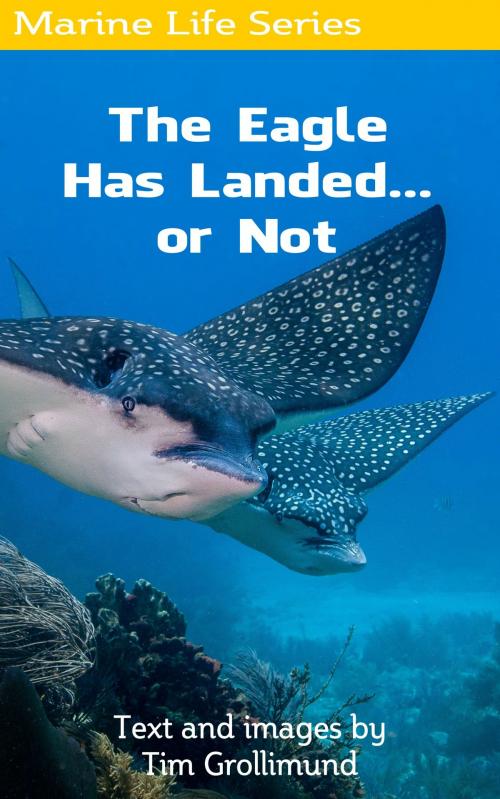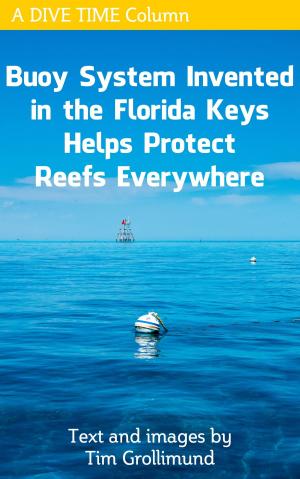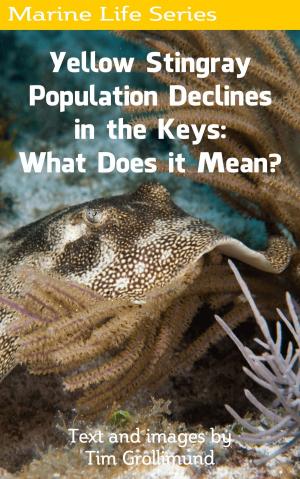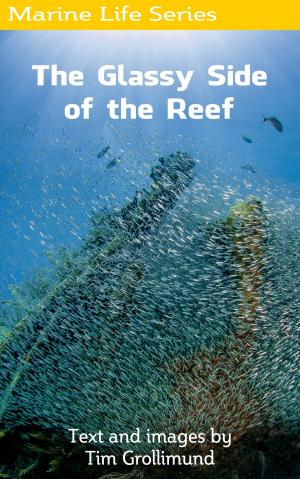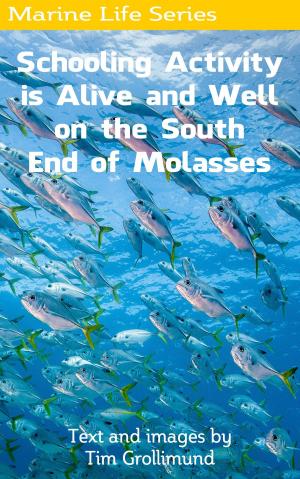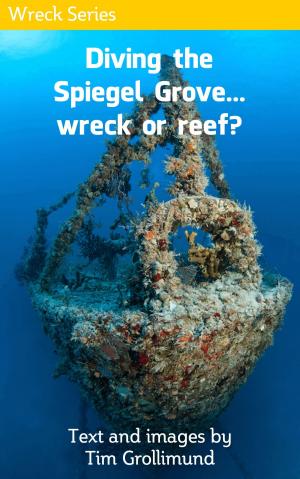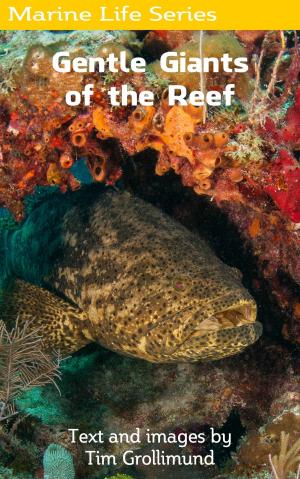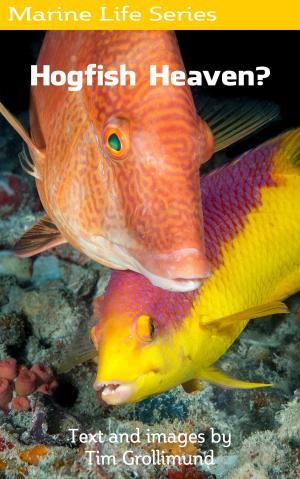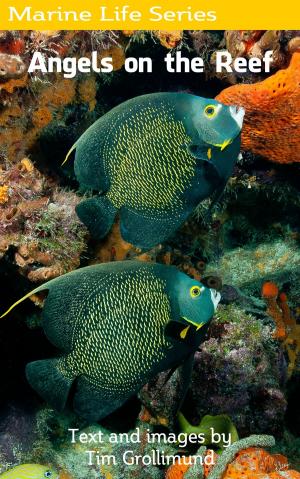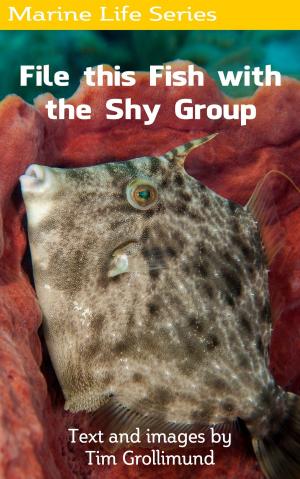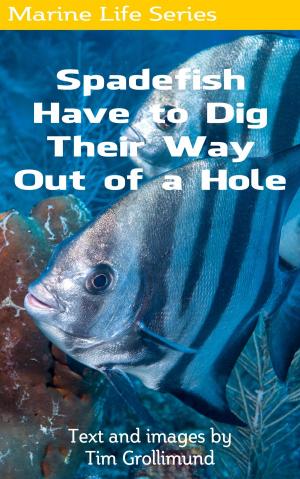The Eagle Has Landed... or Not
Nonfiction, Sports, Water Sports, Scuba & Snorkeling, Science & Nature, Science, Biological Sciences, Marine Biology| Author: | Tim Grollimund | ISBN: | 9781370159307 |
| Publisher: | Tim Grollimund | Publication: | September 10, 2017 |
| Imprint: | Smashwords Edition | Language: | English |
| Author: | Tim Grollimund |
| ISBN: | 9781370159307 |
| Publisher: | Tim Grollimund |
| Publication: | September 10, 2017 |
| Imprint: | Smashwords Edition |
| Language: | English |
One of the most popular charismatic mega fauna in our waters is the spotted eagle ray. Kim Bassos-Hull, from Mote Marine Laboratory, has been studying spotted eagle rays (SERs) since 2009. Her work has centered primarily along the coast from St. Petersburg to Sanibel Island. She is collecting data in the Florida Keys to enhance and expand her studies, but as of today, no critical habitats for feeding, mating and pupping have been identified. Kim and the Mote crew have captured, documented and tagged over 300 rays in the last four years. They also have an extensive aerial survey to spot rays inside the research area. Individual SERs can be identified by the unique spot formations and shapes. Each ray is unique. They photograph the head of each captured ray, and submit the photo to a software application that maps the spots. This software was originally developed for mapping stars, then modified to map the spots on whale sharks, and now, rays. Over time, if an individual is captured again, they can identify it and update the vital statistics.
One of the most popular charismatic mega fauna in our waters is the spotted eagle ray. Kim Bassos-Hull, from Mote Marine Laboratory, has been studying spotted eagle rays (SERs) since 2009. Her work has centered primarily along the coast from St. Petersburg to Sanibel Island. She is collecting data in the Florida Keys to enhance and expand her studies, but as of today, no critical habitats for feeding, mating and pupping have been identified. Kim and the Mote crew have captured, documented and tagged over 300 rays in the last four years. They also have an extensive aerial survey to spot rays inside the research area. Individual SERs can be identified by the unique spot formations and shapes. Each ray is unique. They photograph the head of each captured ray, and submit the photo to a software application that maps the spots. This software was originally developed for mapping stars, then modified to map the spots on whale sharks, and now, rays. Over time, if an individual is captured again, they can identify it and update the vital statistics.
